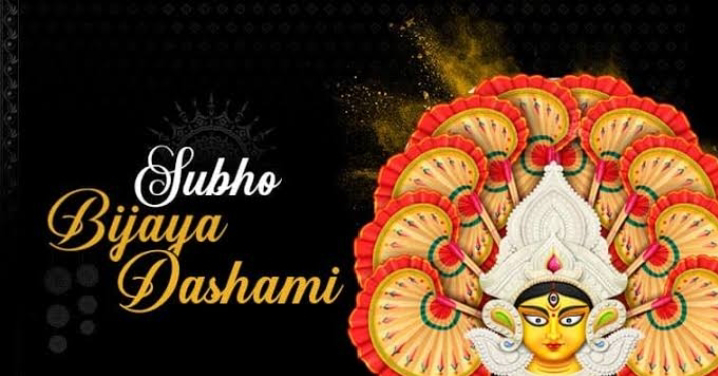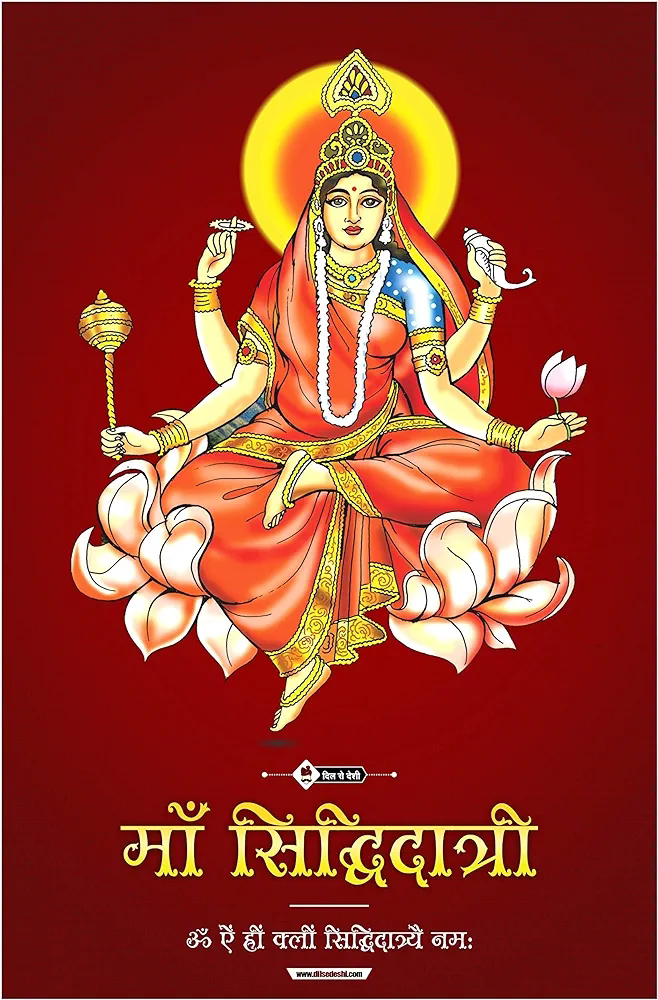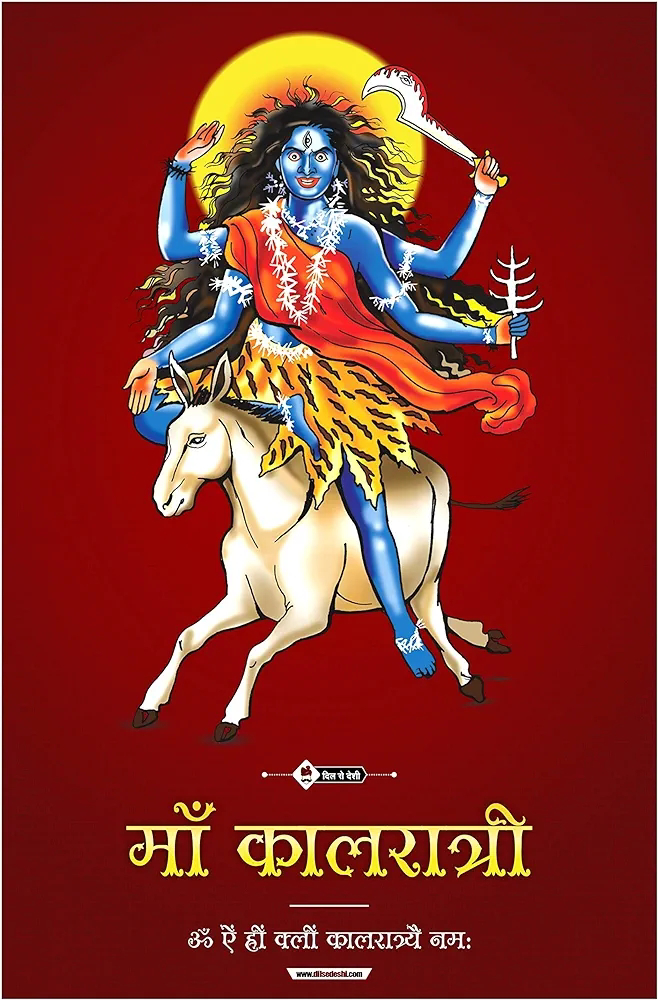Papankusa Ekadashi Brata Katha .

Papankusa Ekadash dedicated to Lord Vishnu. The significance of this Ekadashi is narrated in the religious scriptures. According to the story, there was a prosperous kingdom ruled by King Harishchandra. Despite his affluence, he faced a series of misfortunes, leading him to lose his kingdom, wealth, and even his family. In his distress, King Harishchandra turned to the sage Vasishtha for guidance. The sage advised him to observe the Papankusa Ekadashi fast, emphasizing the merit and power of this observance to alleviate suffering. Following the sage's counsel, the king observed the fast with utmost devotion, abstaining from food and water throughout the day and night. Lord Vishnu, pleased with Harishchandra's sincerity, appeared before him and granted him blessings. Through the divine intervention of Papankusa Ekadashi, King Harishchandra's lost kingdom, wealth, and family were restored. The king expressed his gratitude and continued to observe this Ekadashi with great devo...









